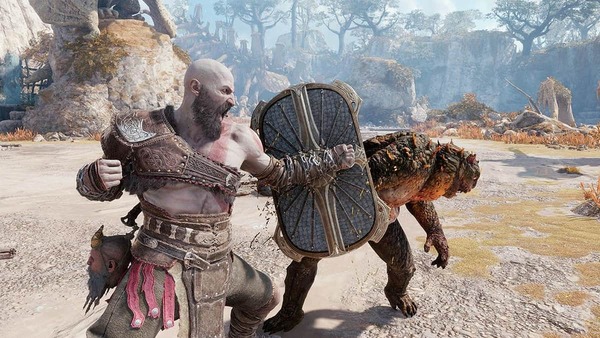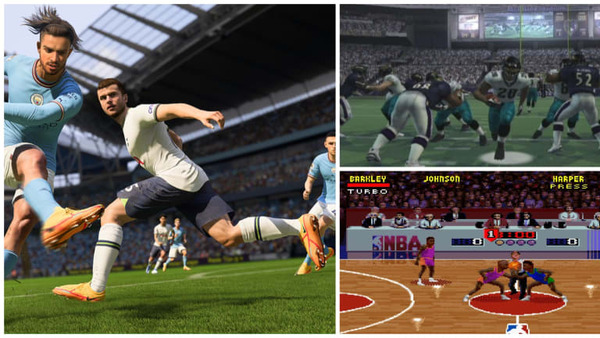Introduction
In the evolving landscape of tactical military simulators, Arma Reforger stands out by blending realistic combat mechanics with a flexible modding platform. However, one issue that frequently surfaces among players is the "Command Unresponsive" behavior exhibited by AI squads. This phenomenon, where AI units fail to respond effectively or at all to player commands, poses both gameplay challenges and development questions.
This article delves deep into the nature of AI squad behavior in Arma Reforger, examining how and why commands become unresponsive, the impact on player experience, and the ongoing efforts to improve AI responsiveness. We will explore this issue chronologically and thematically, from the early design intentions to the latest updates, assessing the pros and cons of the current AI system and its future trajectory.
1. The Foundations of AI in Arma Reforger: Setting Expectations
AI Design Philosophy
Arma Reforger, as the spiritual successor to Arma 3, inherited a high expectation for AI realism. The developers intended AI squads to simulate tactical infantry units capable of autonomous decision-making while still being responsive to player commands.
Autonomy vs. Command
The AI architecture strives to balance autonomy—where AI reacts dynamically to battlefield conditions—and obedience to explicit squad commands. This is a complex task, as too much autonomy can lead to AI ignoring player instructions, while excessive obedience risks robotic, predictable behavior.
Early Player Feedback
Initial player feedback praised the ambitious AI but quickly noted inconsistencies, especially regarding command responsiveness, signaling a gap between design goals and execution.
2. Command Structures and AI Squad Control: Mechanics Overview
Command Interfaces
Players issue commands through several interfaces, including context menus, voice commands, and direct selection of AI units. Commands range from movement, formation changes, target engagement, to holding positions.
Command Queues and AI Processing
Commands are placed in a queue, which the AI attempts to execute based on priority and current tactical considerations. However, the processing sometimes leads to delayed or missed commands, especially under heavy combat scenarios.
Squad vs. Individual Commands
While individual AI units can be controlled, most players rely on squad commands for efficiency. This introduces complexity, as squads can interpret commands differently based on internal AI logic.
3. The Emergence of 'Command Unresponsive' Issues
Identifying the Problem
The term "Command Unresponsive" arose as players noticed AI squads failing to act after receiving commands. This ranged from minor delays to complete inaction, significantly impacting tactical gameplay.
Common Scenarios
Players report AI failing to move to designated waypoints, ignoring orders to engage or disengage enemies, or remaining idle even when under threat.
Underlying Causes
These issues stem from factors including AI pathfinding bottlenecks, decision paralysis due to conflicting internal states, or bugs in command interpretation.
4. Technical Analysis: AI Pathfinding and Command Execution
Pathfinding Challenges
AI navigation through complex terrain remains one of the biggest hurdles. Arma Reforger features vast maps with varied environments, which challenge the AI’s pathfinding algorithms.
Obstacle Avoidance and Stuck AI
AI units occasionally get stuck on terrain features, buildings, or objects, leading to unresponsiveness. These “stuck states” can cause command queues to freeze or reset.
Load and Frame Rate Effects
Heavy player activity can cause frame rate drops, impacting AI tick rates and command execution timing, exacerbating responsiveness issues.
5. AI Decision-Making and Tactical Awareness
Balancing Aggression and Caution
AI squads evaluate battlefield threats before executing orders. Sometimes the AI’s caution overrides commands perceived as risky, causing it to hesitate or ignore orders.
Threat Assessment Conflicts
When under fire, AI might prioritize cover or suppression over movement commands, frustrating players expecting immediate obedience.
Command Override Limitations
Currently, the system lacks a robust override to force AI compliance regardless of tactical risk, which could enhance responsiveness but reduce realism.
6. Player Strategies and Workarounds
Tactical Approaches to Mitigate AI Unresponsiveness
Players have developed strategies to cope, such as simplifying commands, breaking squads into smaller units, or manually micro-managing individual soldiers.
Use of Waypoints and Hold Commands
Setting multiple waypoints and clear hold positions can sometimes nudge AI out of idle states.
Leveraging Squad Leader AI
Instructing squad leaders separately can improve order relay, as AI leadership units better interpret and execute commands.
7. Community Feedback and Developer Responses
Forums and Bug Reports
The Arma Reforger community is vocal about AI responsiveness, regularly reporting issues and sharing videos illustrating command failures.
Developer Transparency
Bohemia Interactive has acknowledged command responsiveness problems and communicated ongoing fixes in patches and updates.
Modding Community Contributions
Modders have attempted to tweak AI behavior, improving responsiveness through custom scripts and alternative AI logic modules.
8. The Future of AI Squad Command Responsiveness
Upcoming Improvements
Developers have announced plans to enhance AI command queuing, improve pathfinding algorithms, and refine AI decision trees.
AI Behavior Overhaul
Refactoring AI to better handle simultaneous commands and dynamic battlefield changes will be a priority.
Enhanced Player Control Options
Future UI updates may include command priority settings and better squad management tools to increase responsiveness.
Conclusion
Arma Reforger’s AI squad behavior reflects an ambitious attempt to merge realism with player control. While command unresponsiveness remains a significant challenge, it is not an insurmountable one. Continued development, community feedback, and modding efforts are gradually improving the AI’s reliability and tactical utility.
































